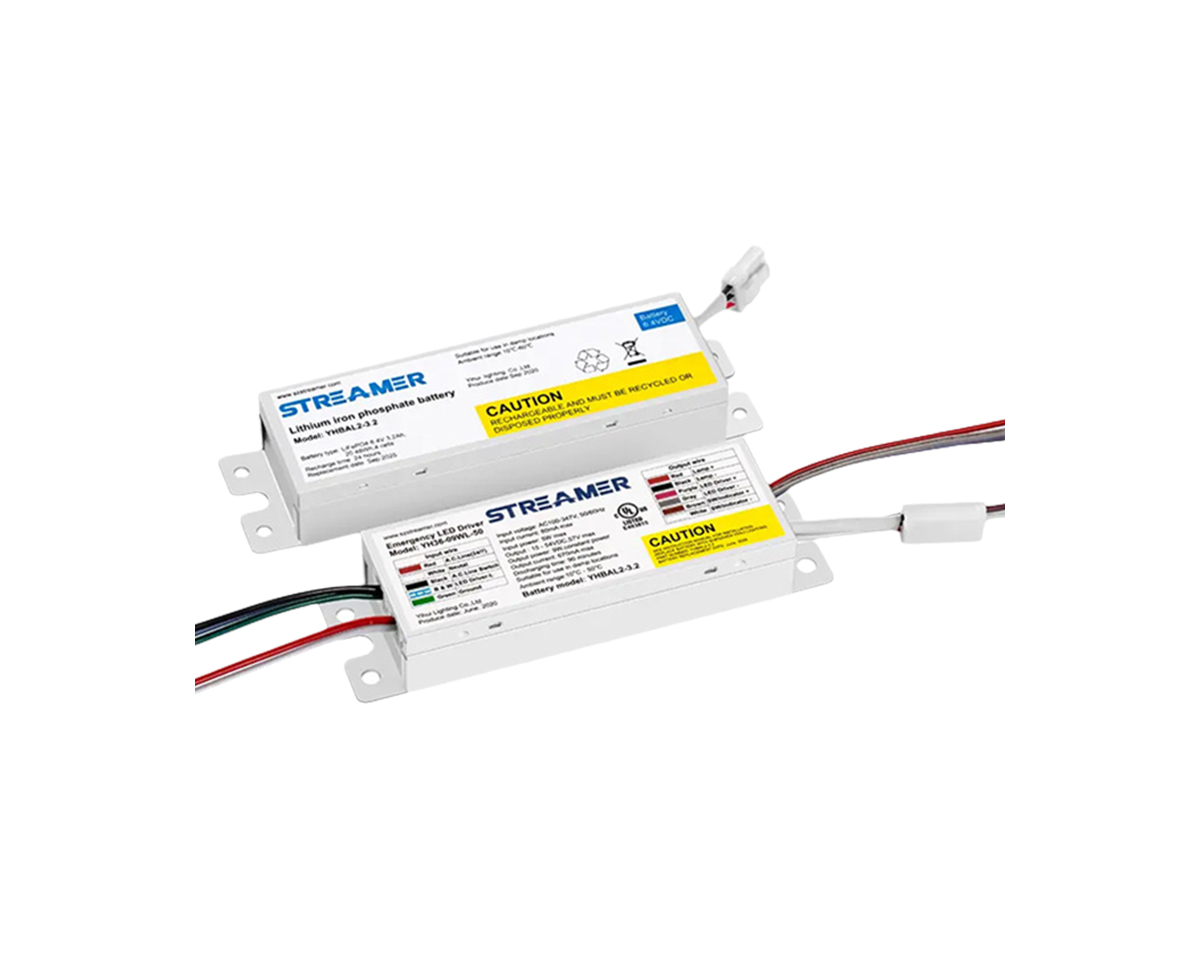 1
1
 May 05, 2025
May 05, 2025

Short - circuit protection is an essential safety feature for LED emergency converters. A short circuit can occur due to various reasons, such as damaged wires, malfunctioning components, or improper installation. When a short circuit happens, it can cause a sudden surge of current, which not only damages the converter itself but also poses a potential fire hazard or electrical shock risk. Therefore, implementing effective short - circuit protection mechanisms is crucial.
One common short - circuit protection method is the use of fuses. Fuses are simple yet reliable components that can interrupt the current flow when it exceeds a certain threshold. In an LED emergency converter, a fuse is connected in series with the power circuit. When a short circuit occurs, the increased current causes the fuse element to melt, breaking the circuit and preventing further damage. Different types of fuses, such as fast - acting fuses and slow - blow fuses, can be selected based on the specific requirements of the converter. Fast - acting fuses are suitable for applications where immediate interruption of current is needed to protect sensitive components, while slow - blow fuses can tolerate temporary current surges during normal operation, such as inrush currents when the converter is turned on.
Another important protection technique is the use of circuit breakers. Unlike fuses, which are single - use components and need to be replaced after tripping, circuit breakers can be reset. They use mechanical or electronic mechanisms to detect excessive current and open the circuit. Some advanced circuit breakers can also provide additional functions, such as over - current protection, over - voltage protection, and under - voltage protection. For example, an electronic circuit breaker can monitor the current and voltage in real - time and use microcontroller - based algorithms to determine whether a short - circuit or other abnormal conditions exist. Once detected, it can quickly cut off the power supply and can be reset manually or automatically after the fault is resolved.
In addition to fuses and circuit breakers, integrated circuit (IC) - based short - circuit protection solutions are becoming increasingly popular. These ICs are designed specifically for power management and can provide precise control over the current and voltage in the converter circuit. They can detect short - circuit conditions within microseconds and take immediate action, such as shutting down the power supply or reducing the output current to a safe level. Some advanced ICs also offer diagnostic functions, which can help technicians quickly identify the location and cause of the short circuit, facilitating maintenance and repair work.